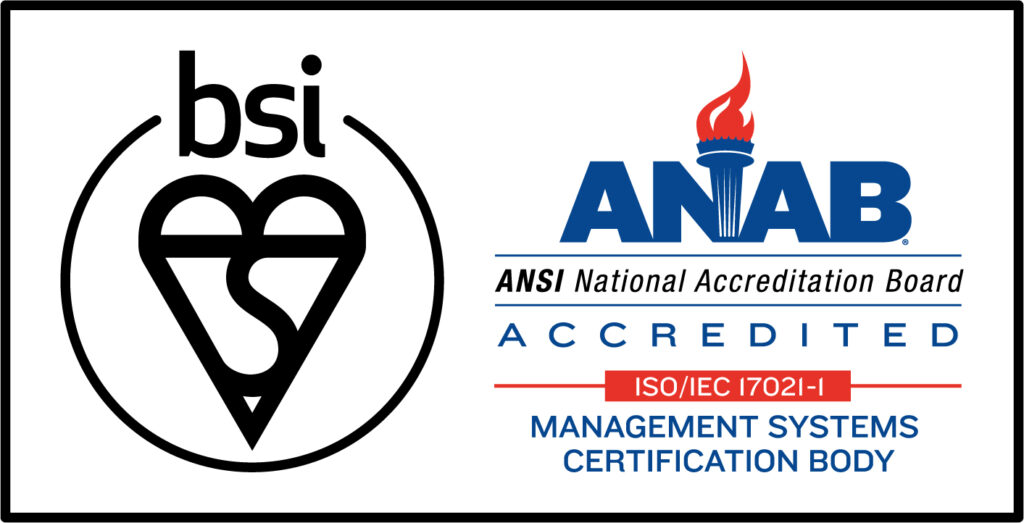A team charter is a document that outlines the team’s purpose, objectives, and goals. It is an important tool for team building and can help to ensure that everyone is on the same page. The charter should be created at the beginning of the team’s formation and should be reviewed on a regular basis. The process of crafting an effective team charter requires some forethought and discussion.
First, the team should identify its purpose. What is the team’s reason for existing? Once the team’s purpose has been articulated, it should be used to guide the development of objectives and goals. Objectives are specific, measurable goals that the team seeks to achieve. They should be aligned with the team’s purpose and should be achievable within a reasonable timeframe.
Goals are broader in scope and may take longer to achieve. Once objectives and goals have been established, they can be used to create action plans. Action plans detail the steps that need to be taken in order to achieve objectives and goals. By following these steps, teams can develop a clear and concise team charter that will help to guide their work going forward.
目次
ToggleWhat is a Team Charter?

A team charter is a document that outlines the purpose, goals, and roles of a team. It is an essential tool for any team that wants to work together efficiently and effectively. A team charter should be created at the beginning of a project, and it should be revisited periodically to ensure that everyone is still on track.
There are many different elements that can be included in a team charter, but some of the most important ones are the team’s mission statement, goals, and roles. The charter should also outline how the team will communicate and make decisions.
Creating a team charter is a great way to ensure that everyone is on the same page from the start. It can help prevent misunderstandings and conflict, and it can help the team to work together more effectively. If you’re working on a project with a team, consider creating a team charter to help everyone stay focused and aligned.
Importance of having a Team Charter
Having a clear vision of what you are trying to accomplish with your team will help keep everyone focused on achieving those goals. Without a clear understanding of each other’s role in achieving success, it becomes difficult for teams to work together effectively towards shared goals. Additionally, having a well-defined process and team charter purpose for making decisions will help teams move forward more quickly when faced with obstacles or new challenges that arise during their project. Furthermore, having clearly defined roles ensure that everyone knows who needs to be consulted when making decisions or taking action so that nothing falls through the cracks or gets overlooked.
Finally, if something does not go according to plan, having a documented set of protocols makes it easier for teams to troubleshoot issues quickly without wasting time going back over old ground or reinventing solutions from scratch.
Crafting an Effective Team Charter: Step-by-Step Guide

Having a team charter can help ensure that everyone is on the same page and working towards the same goal. In this article, we will walk you through the steps of creating an effective team charter.
A. Establish Your Purpose: The first step in creating a team charter is to establish your purpose. What is the reason for your team’s existence? What are its goals and objectives? Once you have these answers nailed down, put them in writing so everyone on the team is clear about them.
B. Identify Shared Goals and Objectives: Next, identify any shared goals or objectives that your team has. This could be anything from increased productivity to developing a new product. Again, make sure to put these in writing so everyone is aware of them and they can work towards them collectively.
C. Clarify Roles and Responsibilities: One of the most important aspects of a successful team is clarity about who is responsible for what tasks. Define each member’s role and responsibilities within the context of the team’s goals and objectives. This will help ensure that everyone is pulling their weight and working towards the same goal.
D. Set Boundaries for Interaction and Communication: Establishing boundaries for how team members interact and communicate will ensure a respectful environment in which people can work together and accomplish their goals. Outline any expectations you have about communication within your team, such as who to contact for specific tasks or questions, when group emails are appropriate, etc.
E. Create a Plan for Problem Solving: No matter how well-organized your team is there will likely be disagreements or problems from time to time. Having a clear plan of action helps to quickly resolve conflicts and get back on track with achieving your objectives. Outline how you expect members to handle issues that arise and how they should come to a consensus when needed.
F. Develop Measurable Performance Expectations with Voice Ping: Last but not least, it’s important to set measurable performance expectations for your team using Voice Ping. This will help you track progress against goals and objectives so you can make sure that everyone is doing their part in achieving the desired outcomes.
Creating an effective team charter is an essential part of building a successful team. By following these steps, you’ll be well on your way to creating one that works for everyone involved and sets clear boundaries for communication and problem-solving from the start. With this solid foundation in place, teams can work together efficiently and achieve their common goals more quickly.
Elements of Team Charter to Consider

A team charter can help to document various goals and objectives, as well as define the roles and responsibilities of each team member. The following are some key elements that should be included in a team charter.
A. Project and Team Background: When creating a team, it is important to have a clear understanding of the team’s purpose and the project they will be working on. Without this information, it can be difficult for team members to work together effectively. The team charter should include the following information in terms of team and project:
- The names of the team members and their roles on the team.
- The team’s approach to the project, including how tasks will be divided and how decisions will be made.
- The team’s communication plan, including how often meetings will be held and who will be responsible for keeping minutes.
- The team’s conflict resolution plan, in case disagreements arise.
- Any other relevant information that would be useful for everyone to know.
B. Evaluating Resource and Budget: In order to ensure that your team charter project is properly resourced, it is important to assess both the budget and the resources required. The first step is to identify the scope of the project and determine what tasks need to be completed. Once you have an understanding of the work required, you can then begin to develop a budget. It is important to include both direct and indirect costs in your budget, as well as any contingency funds that may be required.
In addition to developing a budget, it is also important to identify the resources required for the project. This includes both human and material resources. Be sure to consider both the quantity and quality of resources that will be required in order to successfully complete the project. By taking the time to assess both the budget and resources required for your team charter project, you can ensure that your project is properly resourced and has a higher chance of success.
C. Assessment of Team Members: As team charters are being developed, it is important to assess and evaluate team members to ensure that the team is comprised of individuals with the necessary skillsets and abilities to accomplish the team’s objectives. The team charter template should include a section on team member assessment and evaluation, which should outline the criteria that will be used to assess and evaluate team members.
Some of the factors that should be considered when assessing and evaluating team members include: technical skills, experience, work ethic, ability to work in a team environment, and communication skills. Once the team charter is completed and all team members have been assessed and evaluated, the team can then begin working towards accomplishing its objectives.
D. Internal Check and Balance: When creating a team charter, it’s important to establish some internal checks and balances to ensure that the team runs smoothly. One way to do this is to include a section in the charter template that outlines how decisions will be made and who will be responsible for what. This will help to ensure that everyone is on the same page and that there are no surprises down the road.
Another good idea is to establish regular check-ins or team meetings where progress can be discussed and any issues can be addressed. By taking these steps, you can help to create a team charter that will serve as a valuable tool for your team.
E. Communication of Team Members: The team charter is the team’s roadmap. It is a document that clearly states the team’s purpose, goals, and objectives. The team charter also outlines the team’s roles and responsibilities. Creating a team charter is an important first step in establishing effective team communication. The team charter will serve as a reference point for team members as they work together to accomplish their goals.
By clearly defining the team’s communication skills, the team charter can help to ensure that everyone is on the same page and working towards the same goal. Having a team charter in place can also help to resolve conflicts and disagreements that may arise within the team. Also, by clearly outlining everyone’s roles and responsibilities, team members can quickly resolve any misunderstandings and get back to work.
Examples of Situations where Team Charter is Utilized
Team Charter can be used in a variety of situations, such as when a new team is formed, when the team’s goals or objectives change, or when there is dysfunction within the team. By having a clear understanding of what is expected of them, team members can work more effectively together to achieve their goals. The following are examples of situations where the team charter can be utilized.
When the project is launched or a new member participates
A team Charter is mainly useful in this case. Participants have to understand what is the project’s purpose, how members proceed with the project, what is the main rule…
When the members are not sure what to do
In the project, members may face difficult problems and be not sure what to do. At that time, the team charter may tell them it. The team charter tells what is the original purpose and how to handle problems.
When trouble threatens the project and the project needs to change the policy
Many troubles are disturbing the projects. Change of delivery date, additional requirements, private trouble of members… When such troubles happen, re-check and update the team charter so that the project could achieve its purpose.
Team Charter Template and Example
The below image is an example of a team charter for a developing team. Other formats such as mindmap, WBS, and so on are acceptable. Use whatever you like.

Conclusion
We hope this article has been helpful in understanding how to create a team charter. To get the most out of your team, consider using Voice Ping‘s collaboration and task management tools which are designed to streamline communication, facilitate collaboration between different teams, track progress against objectives, and much more. Sign up for free today to see how Voice Ping can help take your team to the next level.





